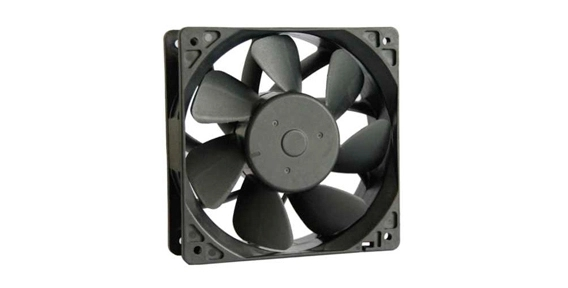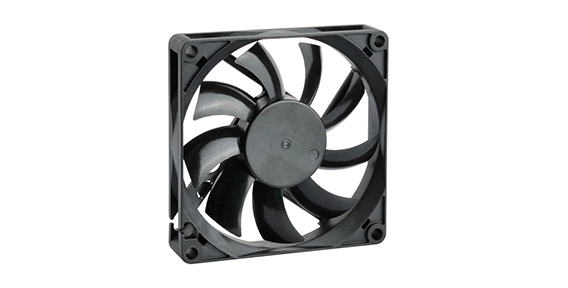In the dynamic realm of DC blower fans, a revolution is quietly unfolding, reshaping the landscape of fan engineering. At the heart of this transformation lies the precise artistry of electronic commutation technologies. This passage delves into the intricacies of how electronic commutation is propelling DC blower fans into a new era of efficiency, control, and reliability.
The Dance of Electrons: Understanding Electronic Commutation
Electronic commutation is a sophisticated dance of electrons that replaces traditional mechanical brushes, offering a more precise and controlled approach to motor operation. In the context of DC blower fans, this technology is pivotal in dictating the revolutions per minute (RPM) of the fan blades. Unlike traditional systems that relied on physical contact for commutation, electronic commutation employs sensors and algorithms to precisely control the timing and sequence of energizing the motor coils.
Revolutionizing Control: Precision at Every Turn
The evolution of electronic commutation technologies marks a paradigm shift in the control mechanisms of DC blower fans. The precise timing and coordination of electronic commutation allow for fine-tuned control over the fan's rotational speed. This level of control is instrumental in achieving optimal performance across various applications, from electronics cooling in tight spaces to industrial processes demanding specific airflow rates.
With electronic commutation, DC blower fans can seamlessly transition between different speed settings, responding dynamically to changing thermal demands. This not only enhances the efficiency of the fan but also contributes to energy savings, as the fan operates precisely at the speed required for the given cooling task.
Digital Dynamics: The Marriage of Electronics and Motion
The marriage of electronics and motion in DC blower fans, facilitated by electronic commutation, introduces a realm of digital dynamics. Microcontrollers and advanced algorithms become the conductors of this digital orchestra, orchestrating the symphony of precise revolutions. These controllers interpret feedback from sensors, adjusting the motor's operation in real-time to maintain the desired speed and respond to changing conditions.
Digital dynamics also enable features such as soft start and stop, reducing mechanical stress on components and enhancing the overall reliability of DC blower fans. The elimination of physical brushes further contributes to durability, as there is less wear and tear on the motor over time.
Reliability Unleashed: The Longevity of Electronic Commutation
Electronic commutation technologies in DC blower fans translate to enhanced reliability and longevity. The absence of mechanical brushes means fewer points of potential failure, reducing maintenance requirements and increasing the overall lifespan of the fan. This technological leap contributes to the fan's resilience in demanding environments, making it a dependable component in critical applications.
In conclusion, the precise revolutions brought about by electronic commutation technologies are reshaping the landscape of DC blower fan engineering. This evolution represents a fusion of digital dynamics, fine-tuned control, and enhanced reliability. As electronic commutation propels DC blower fans into a new era of efficiency and precision, these fans become not only the harbingers of airflow but also the pioneers of a more advanced, reliable, and digitally-driven future in ventilation technology.

 EN
EN  +
+
 +
+
 +
+



